Reading Time: < 5 min

NEW SUBSTANCES: IT and the Renewal of Architecture by Antonino Saggio explores the challenges of contemporary architecture, navigating between the fragmented urban landscapes of “brown areas” and the emergence of innovative conceptual substances.
Brown areas, abandoned spaces freed from traditional industry, represent fertile ground for urban reinvention. Architecture, breaking away from past categories, embraces the complexity and interconnection of spaces, structures, and the environment. The goal is a profound reconsideration of the city—a dynamic dialogue between the new and the existing.
The landscape emerges as a fundamental aesthetic guide, a paradigm that connects architecture, nature, and science. This new vision embraces the complexity and diversity of our world, abandoning the rigid models of the past. Architecture strives to become a hybridization of natural, landscape, and technological elements.
Communication in architecture goes beyond mere functionality. Moving from an assertive approach to a richer narrative, each building tells a story, blending form and function in a continuous dialogue. This evolution invites us to view architecture as a narrative experience, transcending the mere celebration of power and embracing new ways of perceiving the spaces around us.
Contemporary architecture embraces hyper-functionality by liberating itself from the constraints of coherence and organicity. The dissolution of barriers allows for a more complete and fitting resolution of each architectural component. The discipline distances itself from the rigid Kahnian approach, seeking efficiency through creative freedom and the integration of various spheres.
Finally, the IT revolution emerges as the driving force behind this architectural transformation. It not only changes how we design but also alters our relationship with space. IT is not just a tool but a facilitator that pushes us to reconsider the fragmentation of the urban landscape and explore new architectural languages.
Contemporary architecture is configured as a dynamic response to the challenges of modern society, intertwining creativity, sustainability, and dialogue with the surrounding environment. In this context, the concepts of urban fragmentation, landscape, and creative freedom emerge as fundamental guides in defining the future of our cities.
